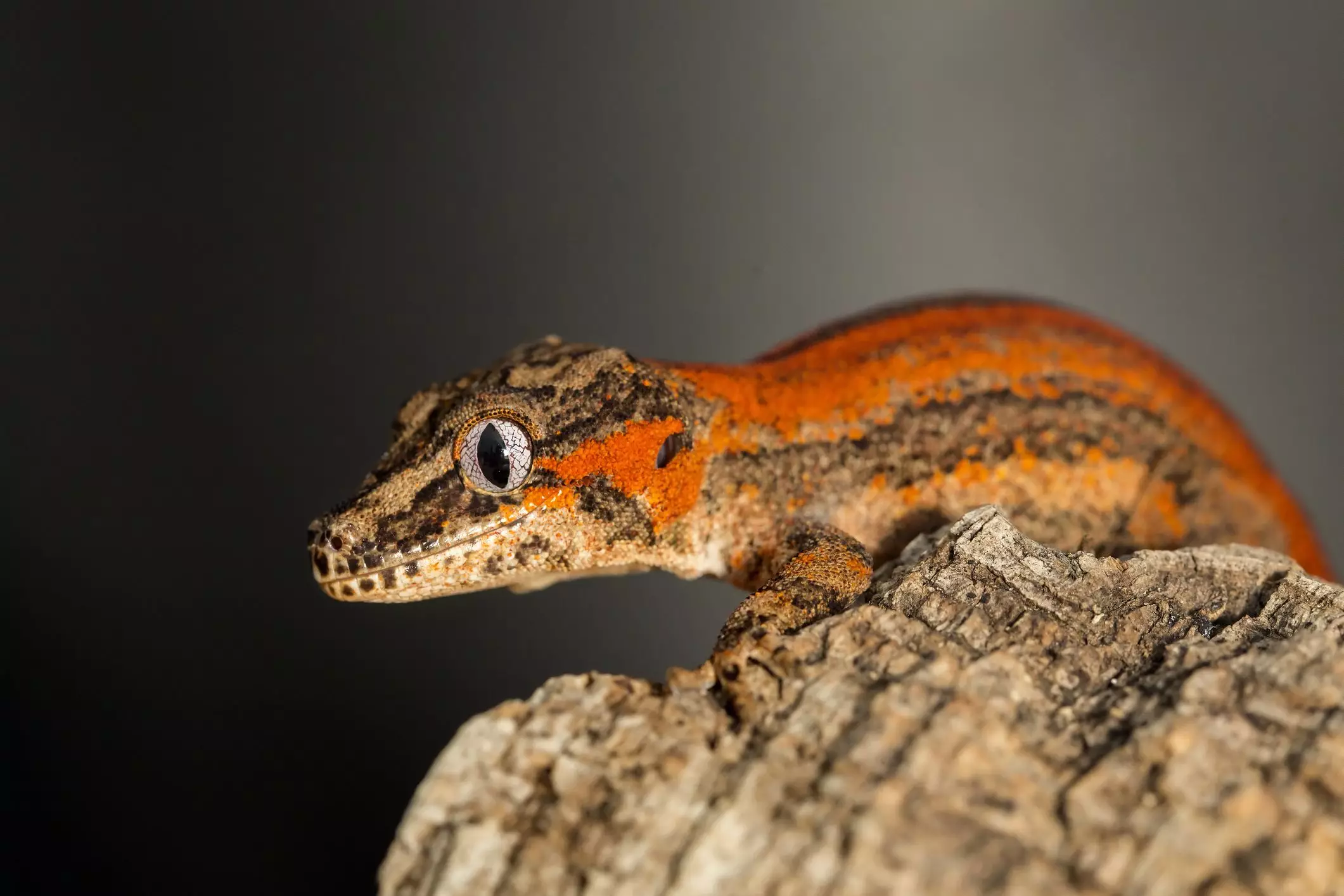Gargoyle geckos, scientifically known as Rhacodactylus auriculatus, are among the many captivating species within the reptile community. Their striking appearance, vibrant colors, and friendly disposition have made them sought-after pets among herpetology enthusiasts. As a result, understanding their unique traits and care requirements is essential for those considering adopting one of these remarkable lizards.
What sets the gargoyle gecko apart from many other reptiles is its remarkable polymorphism. This species can exhibit a dazzling array of colors, ranging from yellows and oranges to reds and grays. This vibrant coloration is often what draws potential pet owners to them. In addition to their beautiful skin, they possess distinctive physical attributes, including a triangular head, prominent bulging eyes, and a semi-prehensile tail. Their iconic cranial bumps resemble horns, adding to their charm and uniqueness.
Typically found in the lush surroundings of New Caledonia, gargoyle geckos thrive in a temperate environment that mimics their natural habitat. This geographic background emphasizes the importance of replicating conditions in captivity to ensure a long, healthy life for these reptiles.
When it comes to housing a gargoyle gecko, size matters but not in the way one might assume. While some owners might opt for a smaller setup, a more spacious environment—ideally, a vivarium with at least dimensions of 12x12x12 inches—is highly recommended. Maintaining humidity levels of 60-70% is crucial for their well-being, and a digital hygrometer can prove invaluable for monitoring these conditions.
Given their arboreal nature, vertical space is equally critical; incorporating climbing branches and vines can enhance the gecko’s living experience. Additionally, providing hiding spots will help them feel secure. Unlike many other reptiles, gargoyle geckos do not require excessive heat; however, nighttime temperatures should be monitored to keep them within a comfortable range, ensuring a stress-free living environment.
While gargoyle geckos can be considered omnivores, their feeding habits often reflect a degree of pickiness, making the approach to nutrition a carefully curated process. While they might show reluctance in consuming live insects, owners can supplement their diets with commercial fruit- and vegetable-based foods. Regular feedings can include waxworms, mealworms, crickets, and dubia roaches, all enhanced with gut-loading practices and the dusting of calcium and multivitamins.
Additionally, hydrating these creatures is essential; therefore, a shallow water dish should always be accessible, providing a source for drinking and occasional soaking, which aids in shedding.
The stress levels of a gargoyle gecko can significantly impact its well-being. These geckos are known to drop their tails when stressed, which can be a setback for their health, as regrowing the tail takes considerable time. Initial handling sessions should be brief and spaced out to allow the gecko time to acclimate to human interaction. While naturally docile, it’s essential to create a serene environment to minimize any territorial disputes should you choose to house multiple geckos together.
Being crepuscular, these reptiles are most active during dawn and dusk. They may spend prolonged hours in repose, a behavior that should not be mistaken for lethargy. Understanding their active periods can be key to engaging with them appropriately.
Though generally robust, gargoyle geckos are not immune to health issues that can arise from improper care. Common problems include respiratory infections and metabolic bone disease, which can be easily prevented through attentive husbandry. Providing a proper UV light source can assist in calcium synthesis, warding off potential health ailments.
Regular cleaning of the enclosure and the use of absorbent substrates—like bark chips or moss—will contribute significantly to maintaining a healthy environment. Monitoring temperature and humidity levels is vital for preventing any health-related concerns.
When it comes to acquiring a gargoyle gecko, potential owners will find a wide price range. Generally, the cost starts around $50, but depending on specific traits or colorations, some geckos can command prices that reach into the hundreds or even thousand-dollar marks. Female geckos tend to be more expensive than males, largely due to their desirable breeding traits and rarity.
The allure of the gargoyle gecko lies not only in its remarkable looks but also in its gentle nature. With proper care, housing, and attention, these reptiles can thrive as affectionate companions capable of enriching the lives of their owners. Those who take the plunge into the world of gargoyle gecko ownership will find that these creatures are far more than just exotic pets; they are truly unique additions to any household.

